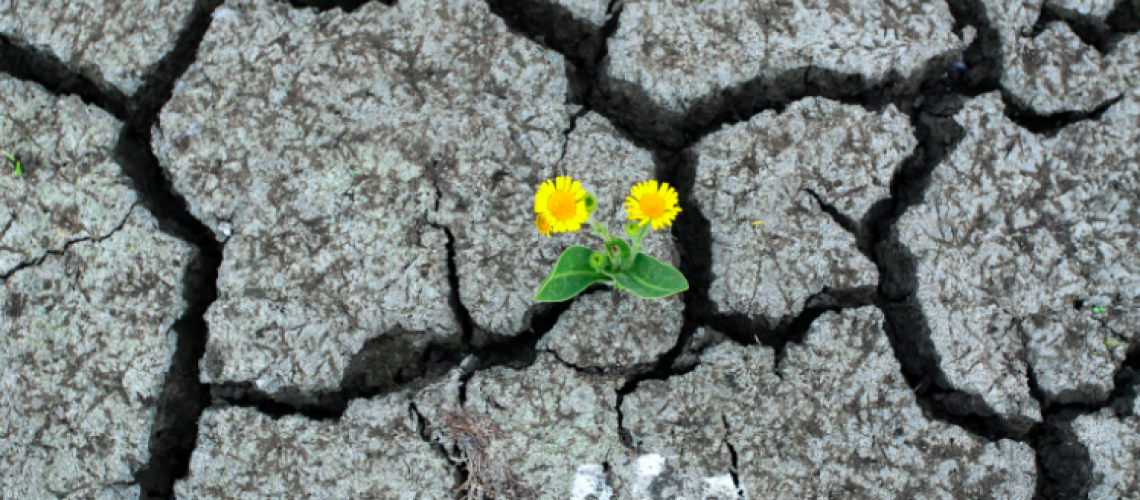Drought, floods, rising temperature, and inconsistent rainfall are climate challenges that Kenya faces despite only being responsible for 0.1% of global emissions. Yet, these climate issues have dire consequences on Kenyan communities because they are causing widespread food shortages. These climate issues result in compounding complications. Oxfam affirms that there has been ‘a rise in children dropping out of school, prostitution and forced marriage as hunger bites’. It is these social issues that the Evie Grace Foundation is passionate about tackling. Although, when one of the root causes of such problems is the changing climate, achieving the Evie Grace Foundation’s already ambitious goals of tackling social issues can seem unattainable.
However, in 2016 the Paris Agreement was established as a legally binding treaty with the aim to globally address the negative impacts of climate change. Overall, the Paris Agreement seeks to reduce greenhouse gas emissions and ultimately strive for the temperature rise not to exceed 1.5℃. To adapt to the climate crisis over the next ten years and to stay on track with the 2030 Sustainable Development Agenda, Kenya requires $62 billion according to their Nationally Determined Contribution (NDC), which equates to nearly 67% of the country’s GDP. NDCs outline the way each country will commit, in terms of targets, to the international agreement. Kenya’s NDC document for the United Nations describes that
Over 84% of Kenya’s land area is arid and semi-arid, with poor infrastructure and other developmental challenges, leaving less than 16% of the land area to support over 80% of the population. The Kenyan economy is dependent on climate-sensitive sectors, such as rain-fed agriculture, water, energy, tourism, wildlife, and health, whose vulnerability is increased by climate change.
By enacting their NDC, Kenya could effectively reduce greenhouse gas emissions by 32%. However, Kenya has said that it can generate 13% of the needed funds to enact its climate mitigation and adaptation plan outlined in its NDCs, but the remaining 87% of funds will need to be provided by other countries. This seems a little unreasonable, right? In fact, according to the Paris Climate Agreement, developed nations are meant to ‘provide $100 billion annually to low-income countries to help them adapt to and mitigate a crisis that they played little role in creating’.
Furthermore, the trickle-down effect of climate change has environmental, societal, and economic consequences that have been seen to severely impact Kenya and undoubtedly other countries too. Moreover, these challenges that society faces severely affect the well-being of children, those most vulnerable within the community. The work that the Evie Grace Foundation does aims to mitigate these consequences by providing children support and opportunities to thrive in life and break the cycle of poverty.
References
https://www.climatechangenews.com/2017/07/26/kenyas-food-crisis-drought-raises-prices-political-tensions/
https://www.globalcitizen.org/en/content/kenyas-climate-plan-paris-climate-agreement/
https://www.theguardian.com/global-development/2021/jan/08/kenya-faces-62bn-bill-to-mitigate-climate-linked-hunger-drought-and-conflict
https://undp.medium.com/what-are-ndcs-and-why-are-they-important-ee80ebb6ec2f
https://unfccc.int/process-and-meetings/the-paris-agreement/the-paris-agreement
https://assets.documentcloud.org/documents/2646274/Updated-l09r01.pdf
Written by Holly Sutcliffe-Carey


